20 Unmissable Things to Do in Belgrade in 2024
Serbia’s capital has emerged as one of Europe’s most attractive cities in recent years. It’s filled with bustling cafes, trendy floating bars, an eclectic mix of old and new architecture, and charming residents always willing to lend a hand or join in for a drink. For these reasons, there are so many things to do in Belgrade – and we’ve compiled a list of our favorite 20.
Why Visit Belgrade
Belgrade has been destroyed and repaired several times over the past century, most recently in the 1990s. This troubling recent history may at times dissuade people from visiting, but the reality is that Belgrade is a vibrant and safe city.
We lived there for two years and truly loved it. For starters, there are many things to do in Belgrade – and it’s often impossible to get bored. From fortresses and museums to bars and cafes, there is a bit for everyone.
Second, the city is very affordable and much more affordable than neighboring countries. You can find a snack or even a meal for a couple of dollars at a bakery or a traditional restaurant, and accommodation (depending on preference) can also be quite inexpensive. You can check out our guide to the best neighborhoods and accommodations in Belgrade here.
The people are truly wonderful. They are welcoming and eager to help. They may be a bit nosy but they’re so happy that you took an interest in their country, and often will go out of their way to make sure you have the best time.
And lastly, the city is surprisingly safe. As in many places, pickpocketing can happen, especially in public transportation, so make sure to keep your belongings close. Some taxi drivers tend to overcharge foreigners, so if you’re flagging a taxi in the city, make sure to choose one with a Pink Taxi sign or directly through a reliable app.


Tips for Planning a Trip to Belgrade
If you’re planning a visit to Belgrade, we would recommend spending at least two days, and ideally three. This will give you enough time to explore the key sights, but also to try some of the best restaurants and cafes. It may even give you enough time to check out some of the villages and towns nearby.
While you can visit Belgrade at any time, keep in mind that Serbia’s climate is considered “moderately continental”. This means summers are hot (up to 40℃/104°F) and winters are cold (as low as -15℃/5°F).
For us, the best time to visit Serbia is between April-June or September-November. You’ll notice people really come alive once Spring hits and temperatures become milder, and the Fall months push everyone to enjoy the last few months of sun and the turning leaves. If you choose to come in the winter, we would recommend avoiding bigger cities and sticking to the mountains as the air can become very unpleasant when people start burning coal for heat.
Make sure to check out our full Serbia travel guide here if you’re looking for additional information on currency, healthcare, or festivals ahead of your trip.
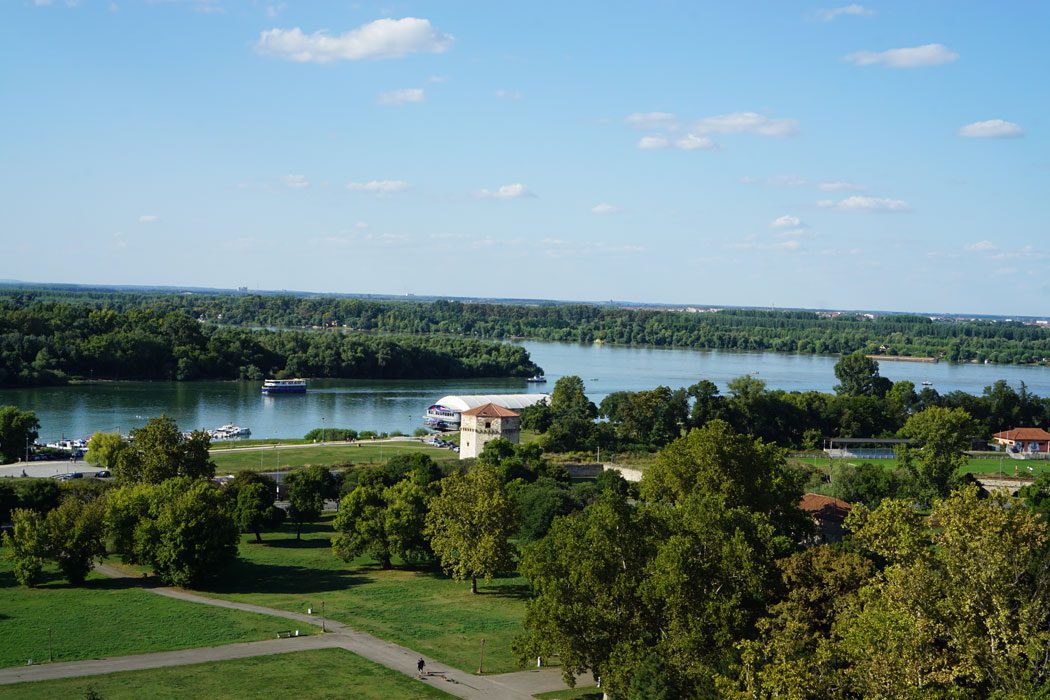
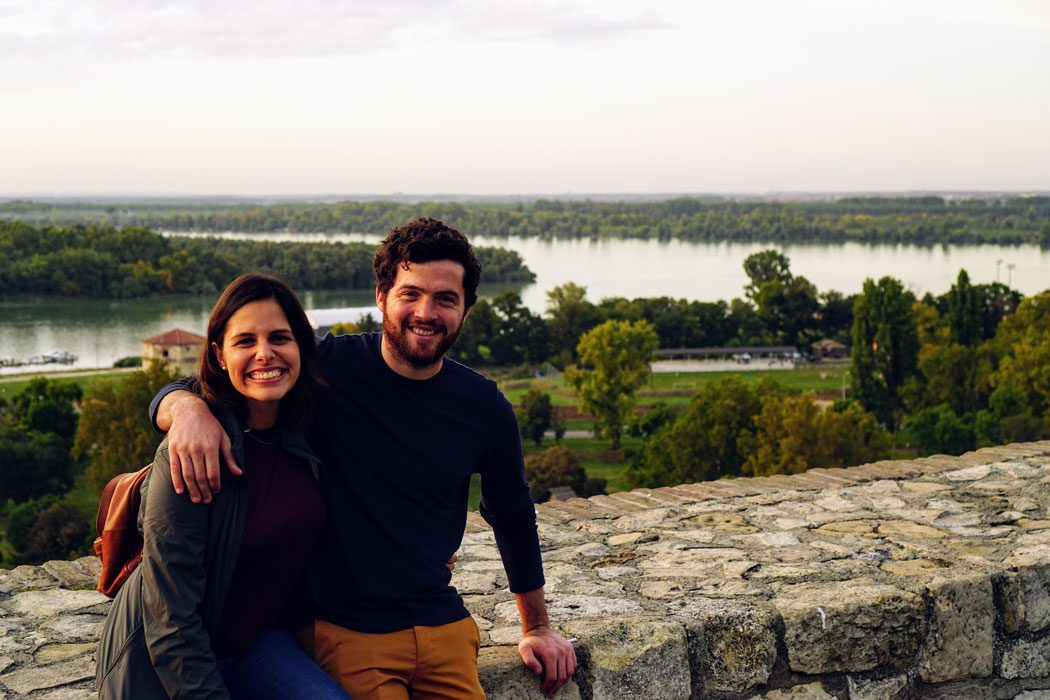
How to Get Around Belgrade
The city of Belgrade is generally very walkable, though there are buses and trams throughout the city as well. They are not the most reliable, so if you’re in a rush, a taxi may be the better alternative. You can buy a Beogradska kartica card at several kiosks and they work on a pay-as-you-go basis. The card will cost you about $3 and you can add as much money as you’d like.
For reference, a 90-minute trip costs $1. You can use any of the doors when you enter the bus, just make sure to scan the card against the e-reader until you get verification.
The bus controllers occasionally get on the bus to enforce compliance with paying for ride feeds. They are in plain clothes so you won’t be able to recognize them. They get on with all the other passengers and lock all the card scanner devices (so you can’t scan now if you didn’t before) and check everyone’s card. If you haven’t paid, the fine is around $65. You can pay in cash or with a credit card on the spot.
If you’re looking to travel throughout the country, we recommend renting a car. It’s the easiest way to get around and many of the roads have been recently renovated. However, roads tend to be narrow and windy around the mountain regions.
There are local rental options that we’ve used before, including Zim Car Rental Beograd. But pick-up options are only offered in Belgrade and they do run out of cars pretty quickly in peak season. For a larger option with more variety, we recommend using Discover Cars. The site is very user-friendly and aggregates all types of vehicles and prices to make sure you find the best deal.
Things to Do in Belgrade
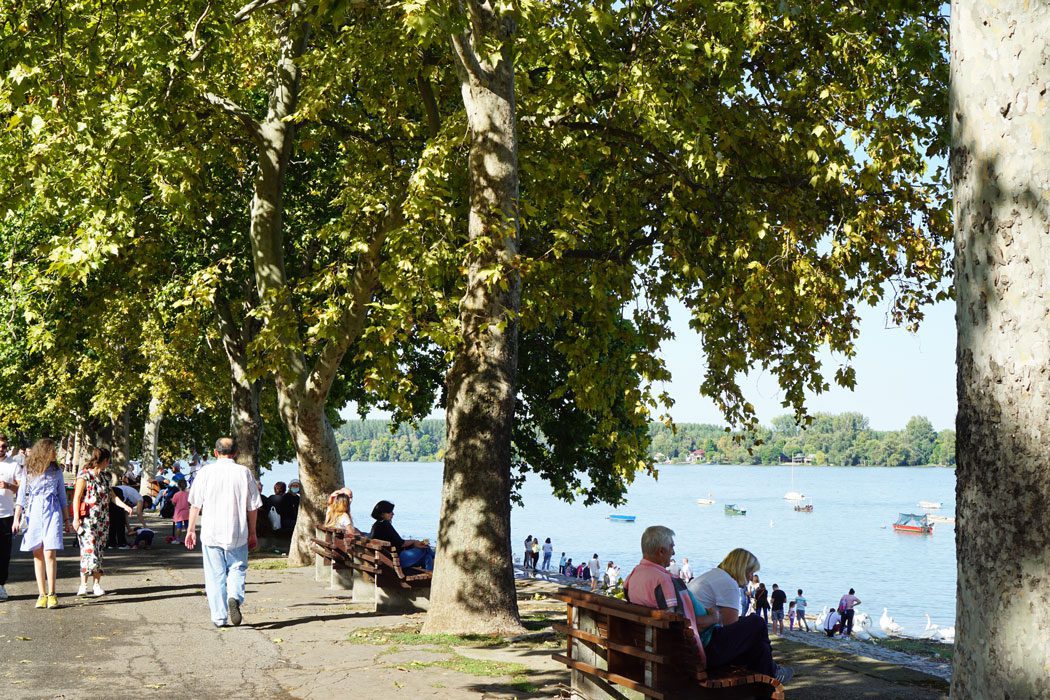

Parks and History
Belgrade Fortress and Kalamegdan Park
After two years in Belgrade, this spot became our second home. The fortress is up on a hill, overlooking the Danube and Sava rivers, and is the spot where Belgrade was born. For centuries, Belgrade’s population was located within the walls of the fortress. It has been a Roman and later a Turkish base, and suffered some destruction during the wars.
But, today the fortress and the adjacent Kalemegdan Park are one of the city’s favorite walking and gathering spots – and one of our favorite things to do in Belgrade. It’s also our favorite spot to take our dog for a walk since it can roam off-leash in certain areas. The entrance is free and it has a few different areas to explore. Some are on the lower end, closer to the river, and others are on the upper section, where the famous “The Victor” statue is located.
During your visit, make sure to check out the Ružica Church, or the Little Rose Church. This is one of the oldest churches in Belgrade and is often covered in lush green. The most unique part is that the chandeliers inside the church are made from melted-down weapons.
The fortress also offers nightlife entertainment in the warmer months, with some restaurants and cafes, and even some clubs located on top or inside the fortress itself.

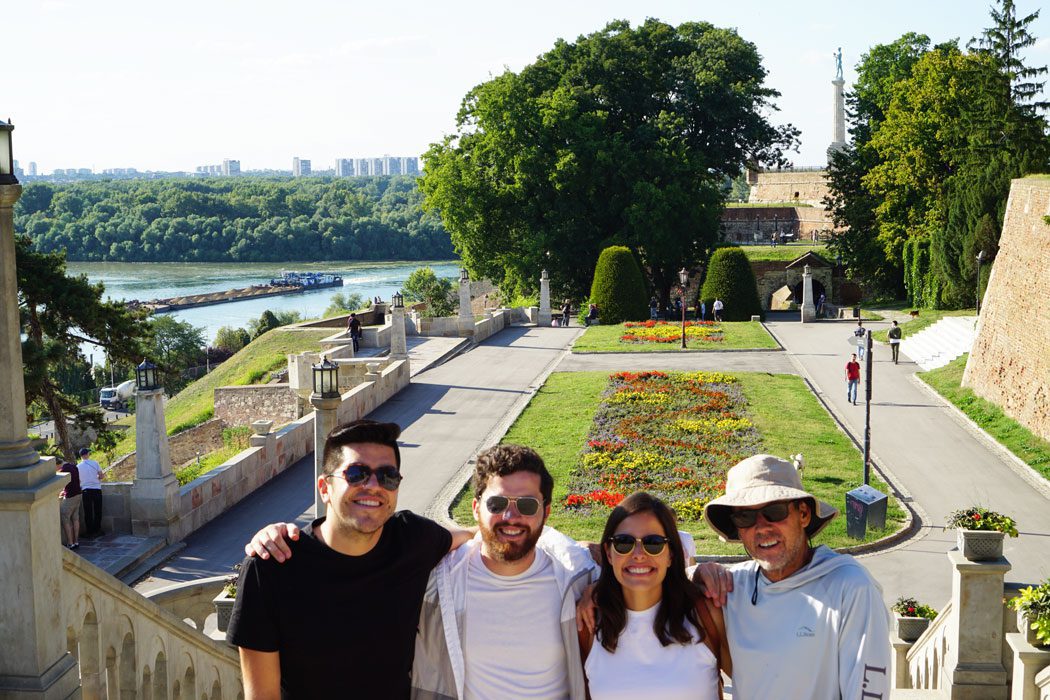
St. Sava Church
This is arguably the most important church in Serbia and a recognizing symbol of Belgrade. The church is dedicated to Saint Sava, the founder of the Serbian Orthodox Church, and is located in the Vračar neighborhood, where they believe his grave would have been since his coffin was burnt in the 16th century by the Ottomans. It is one of the largest Ordothox churches in the region and the world.
Serbians have been building the church since 1935 when the first stone was laid. Construction stopped during World War II and they didn’t get building permission again until the 1980s. Today, a large portion of the inside is still under construction, but you can explore the crypts and the outside area.

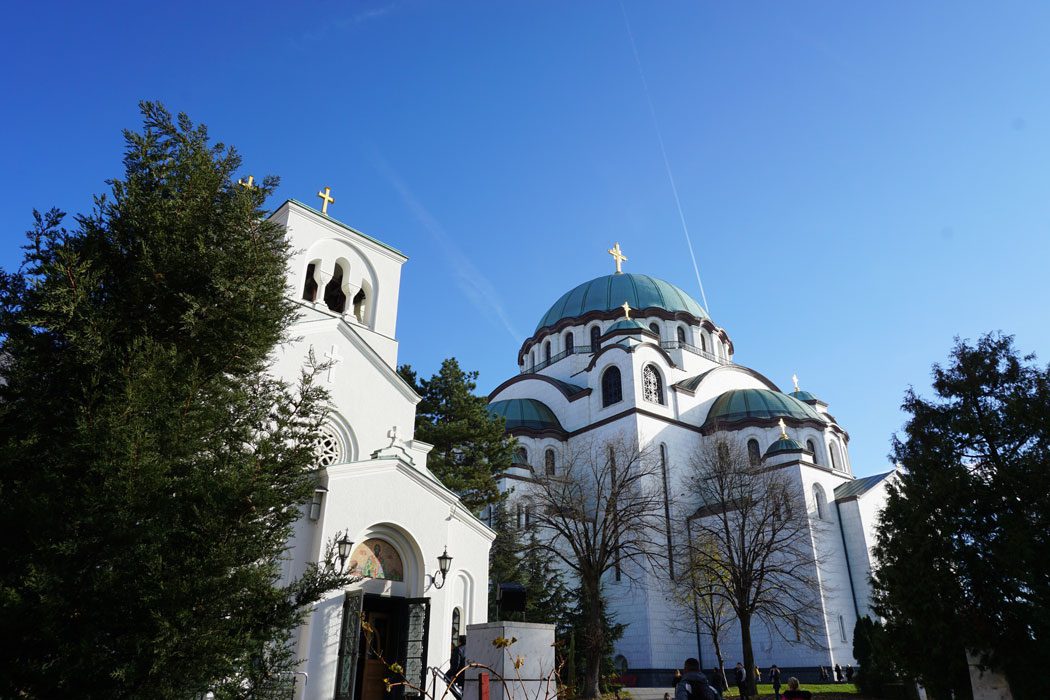
Tašmajdan Park
This is a public park in southeast Belgrade with some nice walking trails. They often have little outdoor markets throughout the park and the key point is the beautiful Church of St. Mark. This is one of the largest churches in Serbia and is considered one of the most beautiful buildings following the Serbo-Byzantine Revival architecture. The park also has an open-air theater and the Tašmajdan Sports Centre, which was reconstructed in 2016 and holds international basketball, swimming, tennis, and hockey competitions.
The park suffered some damage during the bombings in the late 1990s, and there are several memorials throughout in honor of those who died. For instance, the Serbian Broadcasting Corporation (RTS) was struck and a children’s theater was also damaged. Today, you can see A heart-like shaped monument for all the children who suffered.


Ada Ciganlija
Belgrade and Serbia as a whole are landlocked, and Ada Ciganlija is the closest to a “city beach” that you’ll be able to find. Ada is located on the southern part of the Sava River, now turned into 6 km of man-made beaches. It started as a river island and was later artificially turned into a peninsula.
There is a small fee to enter the area (depending on the length of time you spend in the park), and it includes more than just the lake. There are sports fields throughout, including the only golf course in Belgrade, as well as paths along the river and numerous restaurants and cafes. This is not one of our typical spots since it does require driving, but it does make for an enjoyable day.

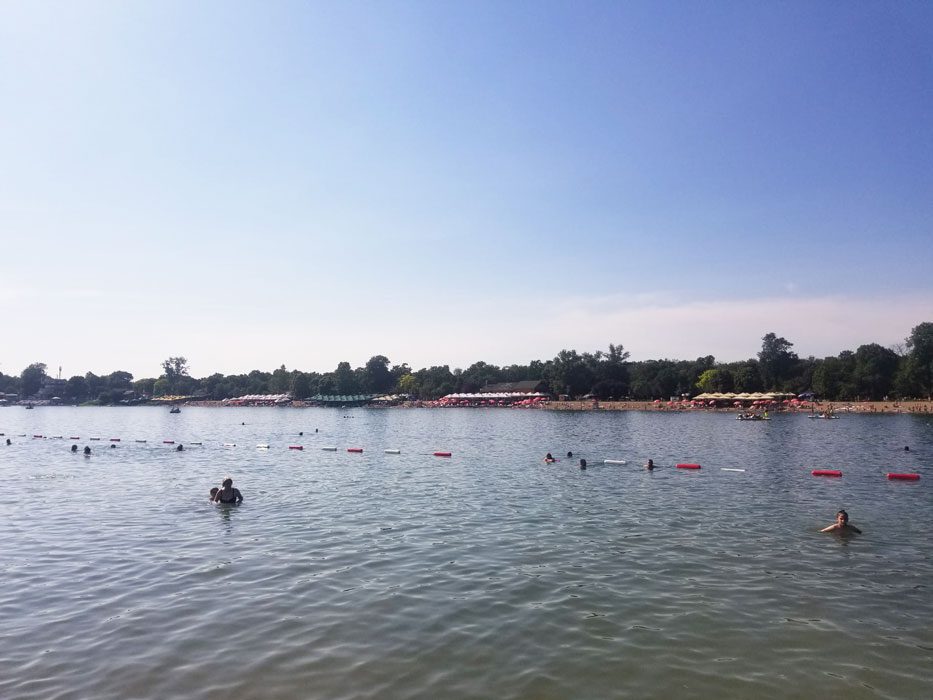
Ušće Park
This is the largest park in Belgrade, located in the neighborhood of New Belgrade, overlooking the Sava and Danube rivers. A lot of things in Belgrade are very close to each other, but this is a great spot to get away when you’re in need of some open space. It’s one of our favorite places to walk our dog since she can run freely away from cars.
There are lots of walking trails through the park, some right on the river and some further into the park. It’s a great place to skate or ride your bike and has many floating bars and restaurants along the way. Concerts and festivals like the famous Belgrade Beer Fest are often held here as well. Additionally, that’s where the Museum of Contemporary Art is located, which showcased the iconic Marina Abramović a few years ago.
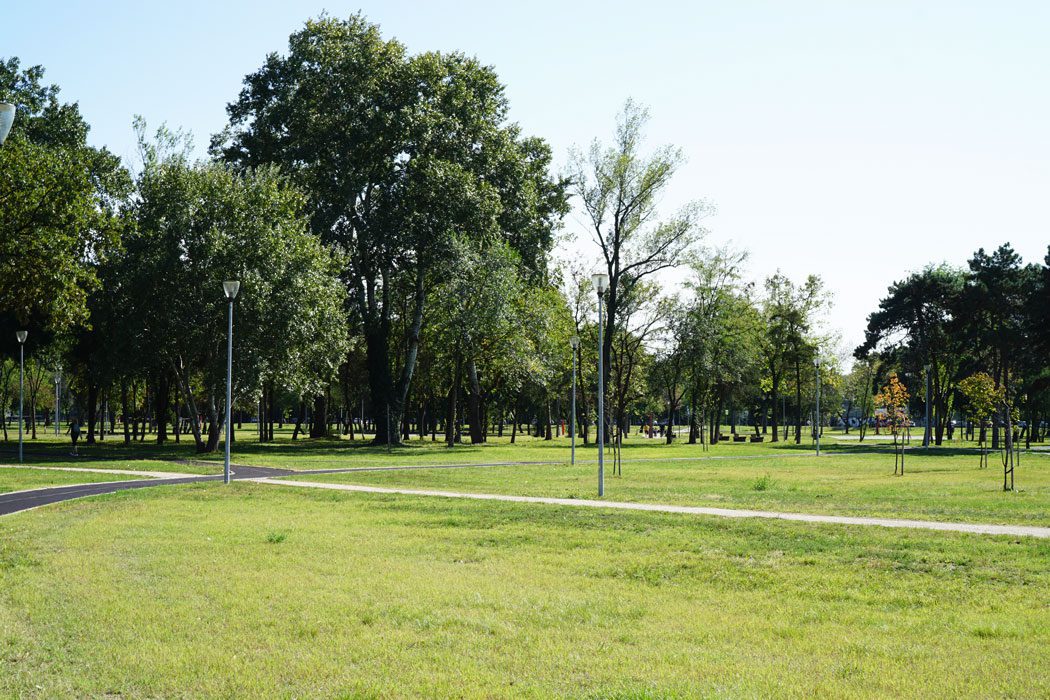
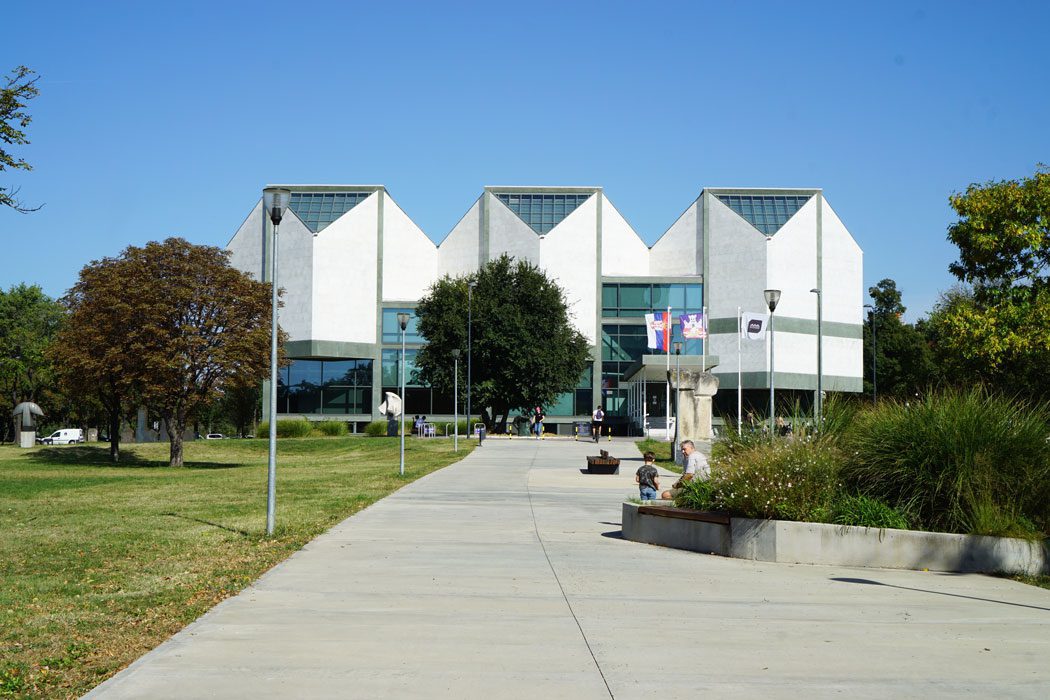
Banovo Brdo Park
This is another nice park in Belgrade, with several walking trails, sports fields, and open spaces. It’s another one of our favorite spots to bring the dog. But what makes this spot particularly unique is Aleksandar Club. This is a restaurant and a small (tiny might be more accurate) ski slope.
In the winter, people can ski down the mountain and they offer some of the most affordable ski lessons in Europe. And in the summer, it also serves as a restaurant, with one of the best views of Belgrade.
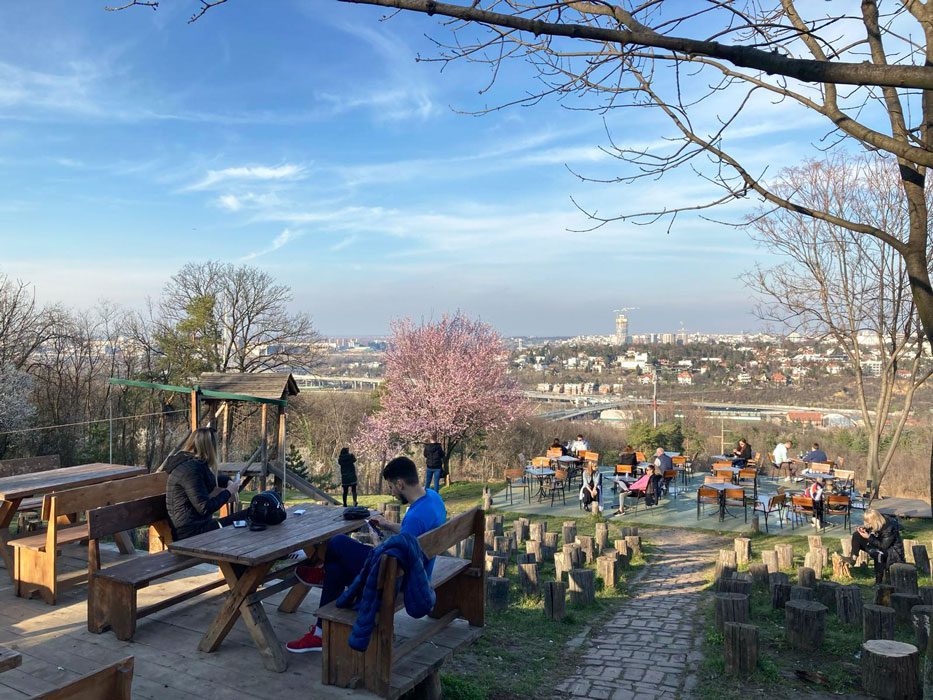
Neighborhoods and Streets
Dorćol Neighborhood
Dorćol is one of the oldest neighborhoods in Belgrade, part of the city’s Stari Grad (old city) municipality. We’re biased because this is where we lived during our two years in Belgrade, but it’s an awesome neighborhood to explore – and should certainly be part of your list of things to do in Belgrade.
It’s close to the rivers and the Belgrade Fortress, but also has lots of different restaurants and cafes to try. It’s been described by some as the “soul of the city”, and it does have a creative and authentic vibe to it. It has the only mosque in the city and lots of second-hand or artistic boutiques to choose from.
The neighborhood is very walkable and it’s divided between Upper and Lower Dorćol. The upper part is the more “ritzy” one, with some nice remodeled apartments and buildings, while the lower section is the up-and-coming one. They both have their charm and you’ll want to make sure to check both out.

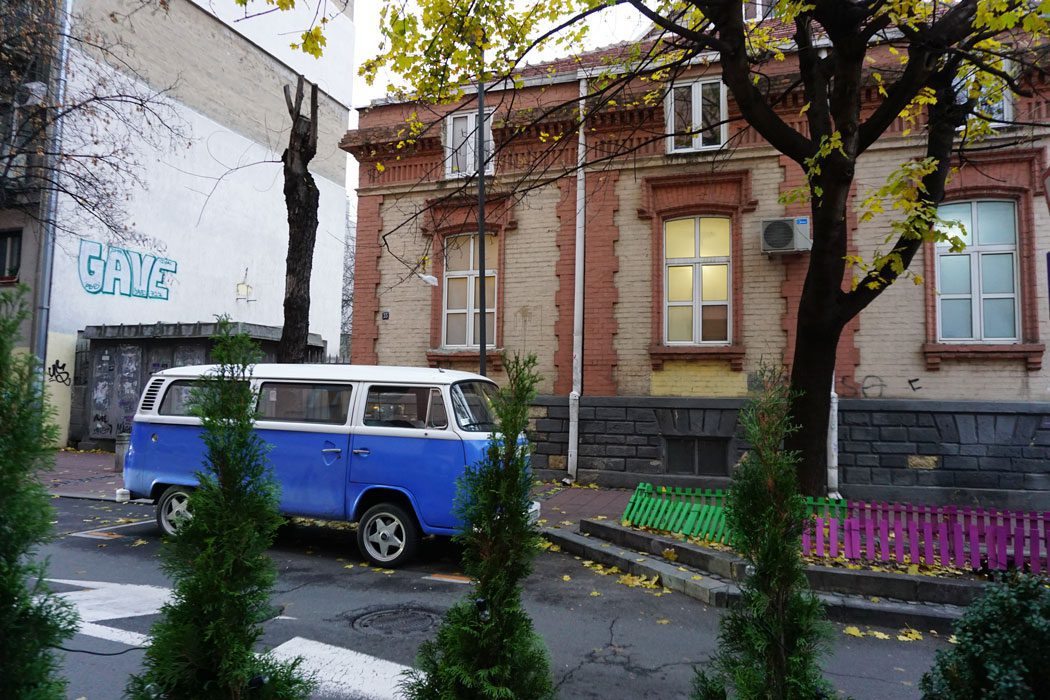
Zemun Neighborhood
Zemun is another municipality of Belgrade, yet it feels completely different from the rest of the city. It’s right on the Danube River and like the rest of Serbia, has been ruled by most of the great empires. Its population has always been mixed and today many there say that it is more multiethnic and cosmopolitan than the rest of Belgrade.
The architecture is also different, with more Austro-Hungarian influence like the city of Novi Sad and other Central European cities like Budapest. Gardoš is the major historical landmark of Zemun. The tower was built around a hill, offering the perfect lookout over the Danube River.
Zemun has a charming old town with narrow streets and historic homes. It also has a nice boardwalk right on the Danube river, with restaurants and splavs along the way. You can follow it all the way until you reach a bridge that leads you over the river and into Savamala.
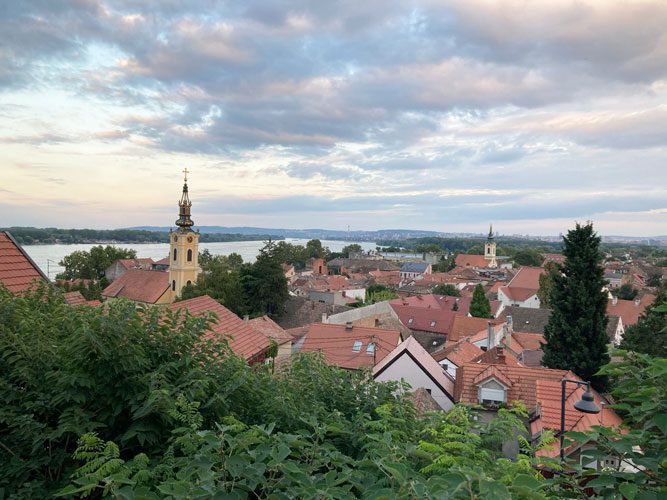
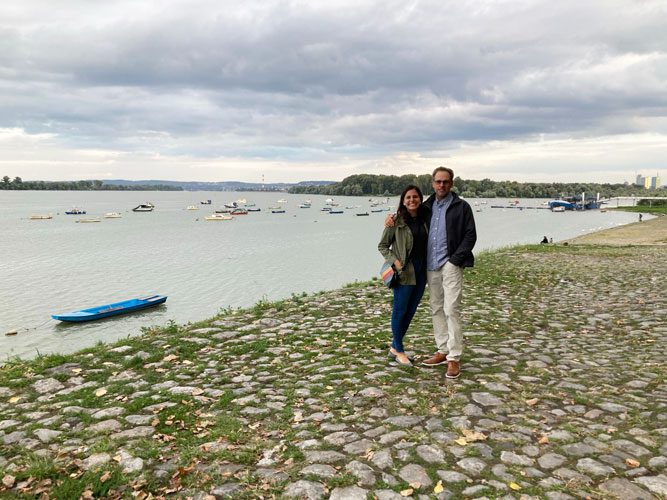
Savamala Neighborhood
Savamala is south of the Kalemegdan fortress, stretching right along the Sava river. The early 20th century was Savamala’s golden age and by 1914, it was the most densely populated area of Belgrade with arranged streets, a primary school, and the country’s first bank. It had a port and a railway nearby allowing for lots of travel.
The area suffered heavy bombardment in both World War I and II, leaving a lot of it in ruins. The neighborhood has undergone major reconstruction since and it’s a bit of a dichotomy.
Some areas remain the hipster spot of the city, with a blend of trendiest and divey clubs. It’s where artists flourish and Belgrade has been able to avoid the modern transformation. But others, like the Beton Hala Waterfront, resemble places like Dubai with fancy skyscrapers, restaurants, and a big shopping mall. Though it may feel out of place and has sparked some controversy, the waterfront is a nice place to go walk around or spend an afternoon.


Skadarlija Street
This is one of the most famous streets in Serbia, with more of a bohemian feel. The cobblestone pedestrian street is only 400 meters long, beginning right below Republic Square and stretching along Skadarska Street. There is a great open farmer’s market right at the end of Skardalija, past Dušanova Street.
The street gained a lot of fame in the early 20th century for attracting well-known but mostly poor artists not just from Serbia but from the broader Balkans. Today, the street is filled with traditional restaurants, cafes, boutique hotels, art galleries, and shops. There are also lots of performers singing in the street or outside of restaurants. It’s a small and narrow street, but it’s history and charm make it an absolute must in the list of things to do in Belgrade.

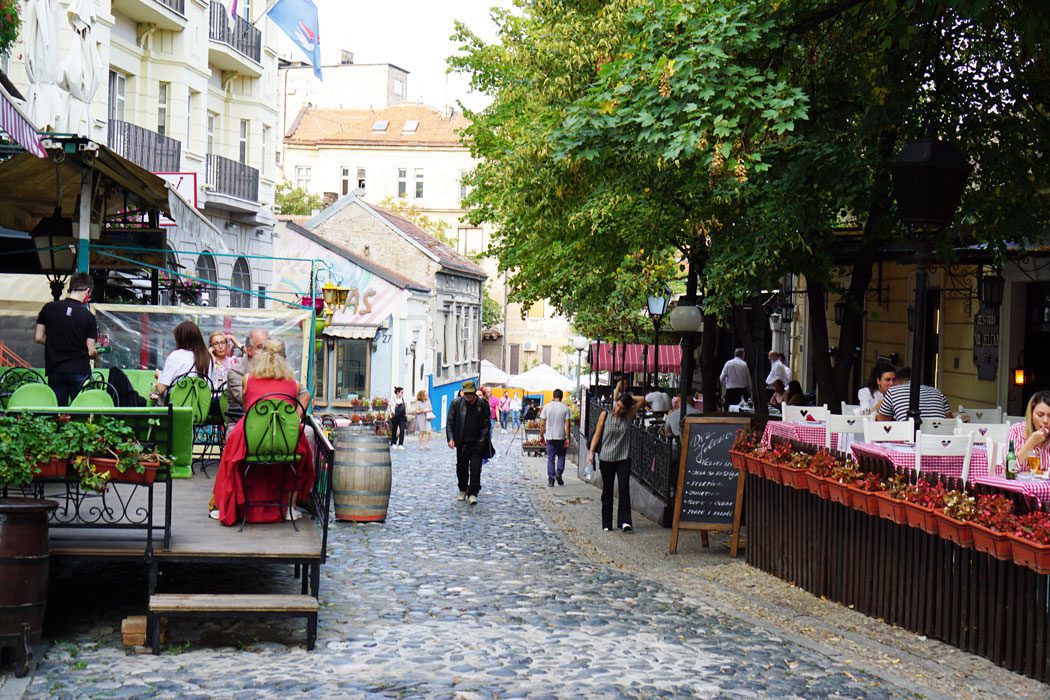
Knez Mihailova Street
This is the main pedestrian street in Belgrade, and also one of the oldest and most valuable landmarks of the city, with historical buildings and mansions from the 1870s. Make sure to check out the Serbian Academy of Sciences and Arts building as well as the Commercial Bank Building.
The street goes from the Belgrade Fortress to Republic Square, which is one of the key meeting points in the city. The square is anchored by the famous statue of Prince Mihailo Obrenović III and surrounded by the National Museum and the National Theatre.
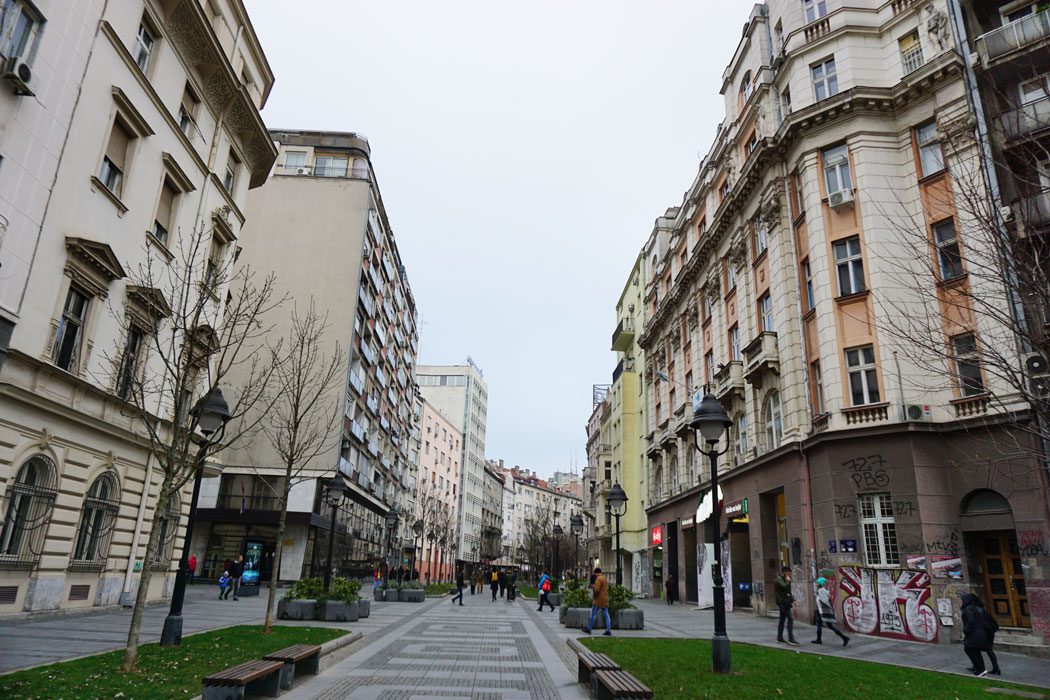

Kalenić Green Market
This is one of the best open markets in Belgrade, located in the Vračar neighborhood. The market is open every day, and you can find fresh fruits and vegetables, flowers, meat and cheeses, honey, herbs, etc. Sometimes they even host night markets, selling anything from liquor and beer to jewelry and art.
Trendy Places to Try
Splavs
These are floating rafts – everything from restaurants and cafes to bars and nightclubs – all along the Sava and Danube, on both sides of the rivers. In the summertime, many clubs close their downtown venues and move to the river.
What makes them so memorable is that each splav has its own unique personality. You can find small family-run establishments with dogs and children running around, to large operations with pools and trampolines. They all have a different feel and atmosphere, making for any type of perfect day, from a chill afternoon with a drink to a crazy night filled with disco beats.
The splav scene started in the late 60s as a private luxury, owned by wealthy citizens. Today, they elicit different types of responses, with some locals recalling the dangers they represented in the 90s. For many others, they symbolize an attraction that makes Belgrade popular and different. And for us, they display something that makes Belgrade so unique – its laissez-faire attitude, tied to a conflicting history.
If you want more details about splavs, make sure to check out our travel tale about an unlikely expat in Serbia and his experience on these remarkable rafts.


Local Breweries
As in other places, the craft brewery scene in Belgrade is growing quite rapidly, and there are a few spots that we have come to love.
Dogma Brewery is just a five-minute drive from the center of the city, across from Ada Ciganlija. They have an awesome beer garden with ample seating and some cool street art. And the inside is equally as impressive, with neon signs and memorabilia. What stands out most about the spot, though, is that it’s located in the middle of an old sugar factory that worked during the days of the former Yugoslavia. The factory is no longer operational but makes for a dramatic background.
Docker Brew Pub is another great spot, right in the center of the city, in the lower Dorćol area. This is a newer spot so we don’t know it as well, but it has a nice indoor taproom and a large space outside to enjoy the sun. The location is also extremely convenient.
Kabinet Brewery is a bit further away from Belgrade, but certainly worth the hour-long drive. The location of Kabinet is impressive. They have an enormous outdoor area on a hill that overlooks the Serbian countryside. In the summertime, they set up a bunch of outdoor umbrellas so patrons can sit outside, order food and beer and have a great time. And the indoor area is very tasteful as well, with floor-to-ceiling windows to watch the sunset. We should also say that they have the best food, with a nice selection of meats, including a mouthwatering chicken, and a surprisingly delicious celery puree. And click here to find other nearby adventures if you choose to make the drive to Kabinet brewery.
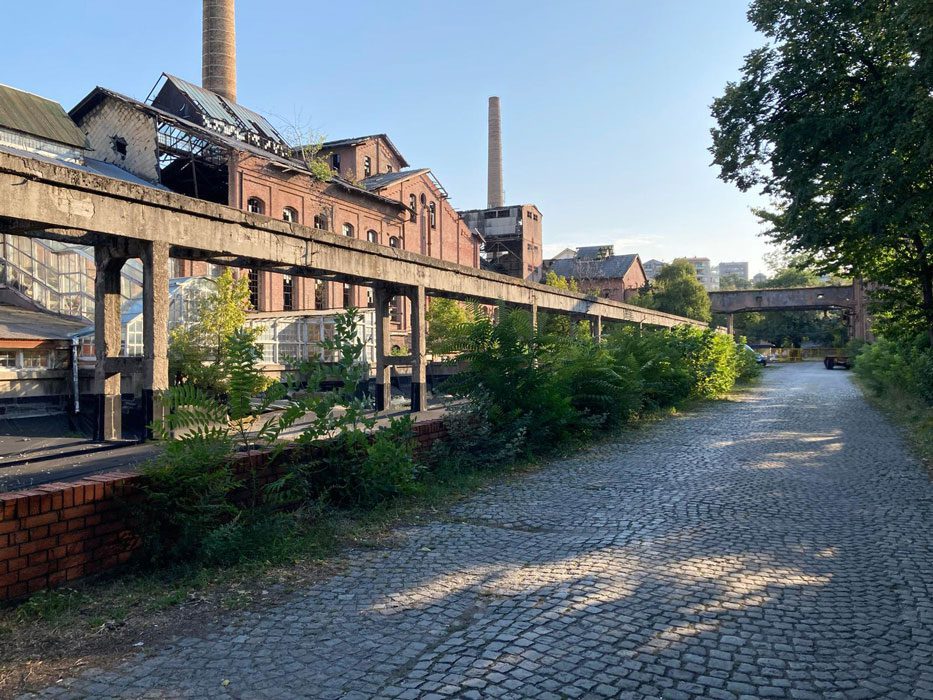
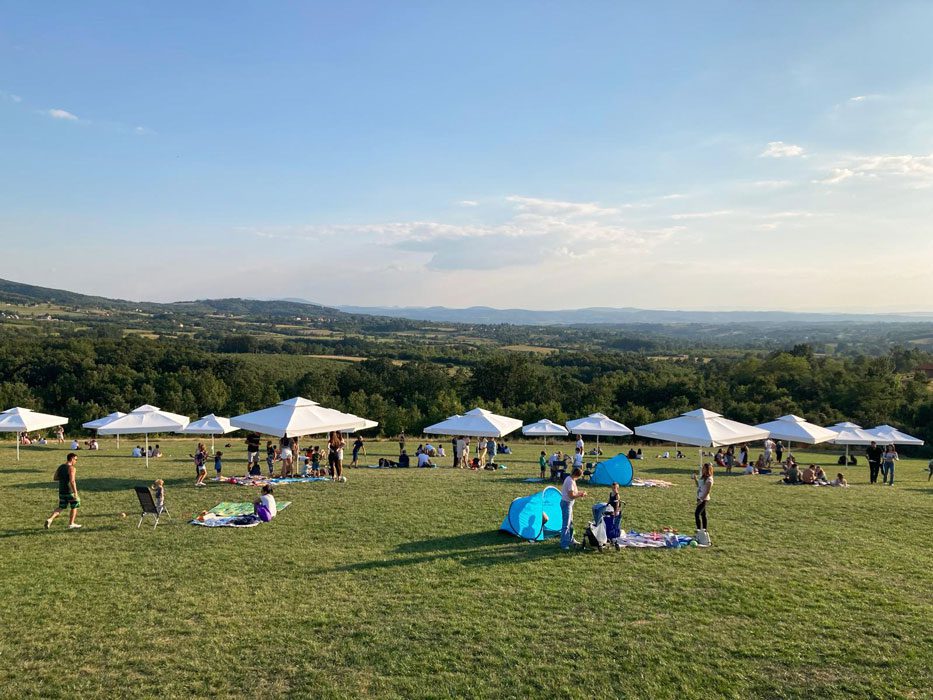
Silosi Beograd
This is an incredibly cool concept. Essentially, it’s a space by the river, located at the end of Dunavski Kej Street near Dorćol. It’s an entirely pedestrian zone with everything from bars and restaurants to art galleries and event spaces. What brings it all together is that it’s located right in front of four monumental old silos that are each 28 meters high.
Rather than letting the unused space go to waste, the creators of the space have brought in a new light and transformed what can be considered brutalist architecture. They painted parts of the Silos and have built a creative and exciting space, open to all.
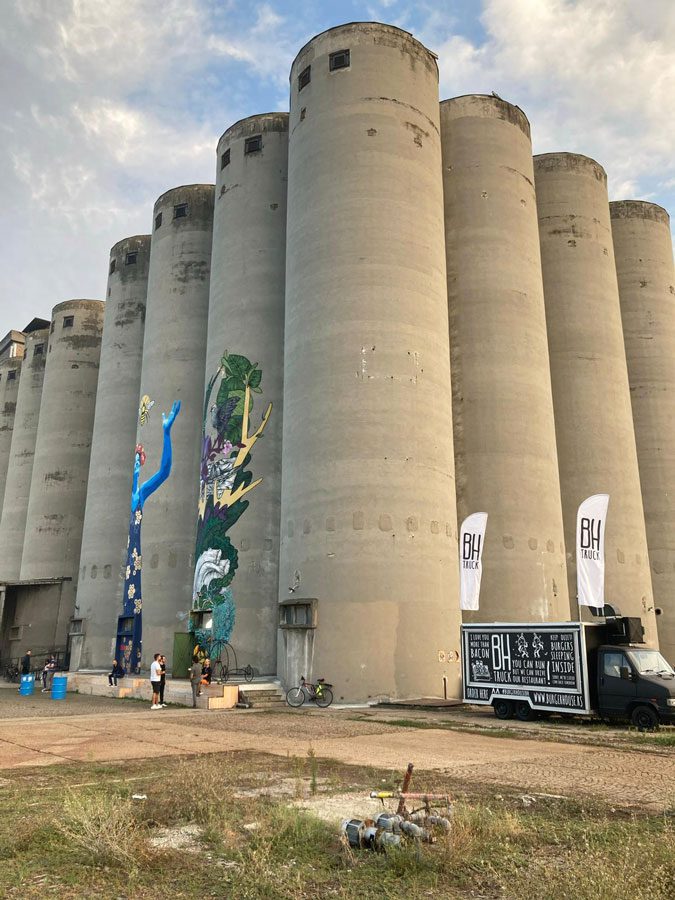
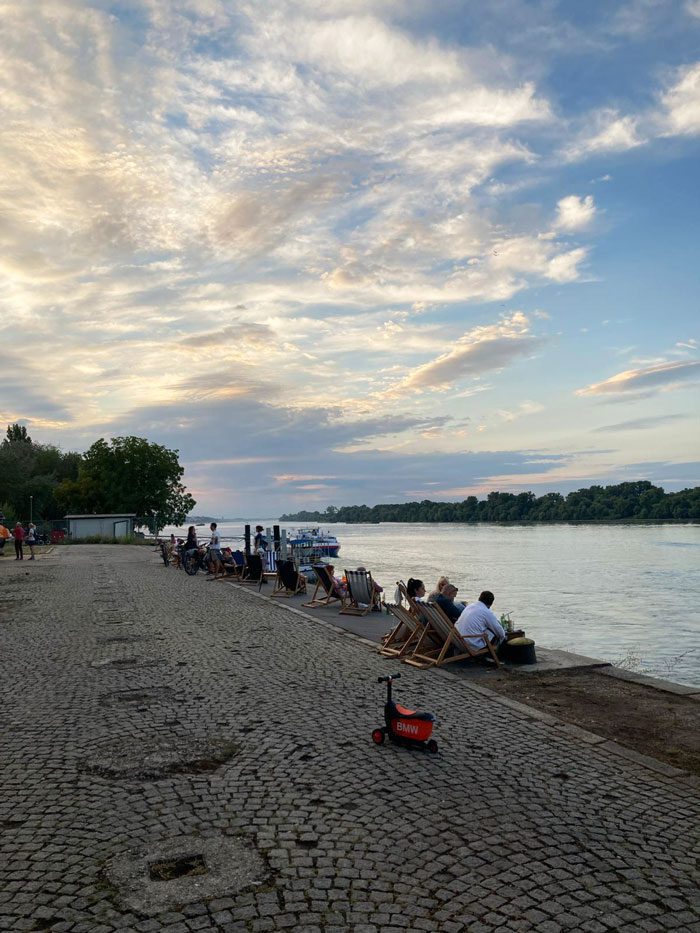
Cetejnska
This is another recently transformed space – this time from an old parking lot to a yard of bars and clubs. The area is right behind Skadarlija Street and offers anything from a relaxing coffee on a Sunday afternoon to a vibrant nightlife.
We will always remember this area as the place where Mike lost his wedding ring, but there are lots of restaurants, bars, and galleries to choose from. Our advice – go in without an agenda and pick the spot that your heart fancies at that moment. All of the venues are in the same area, so you can just walk from one to another, and generally without an entrance fee

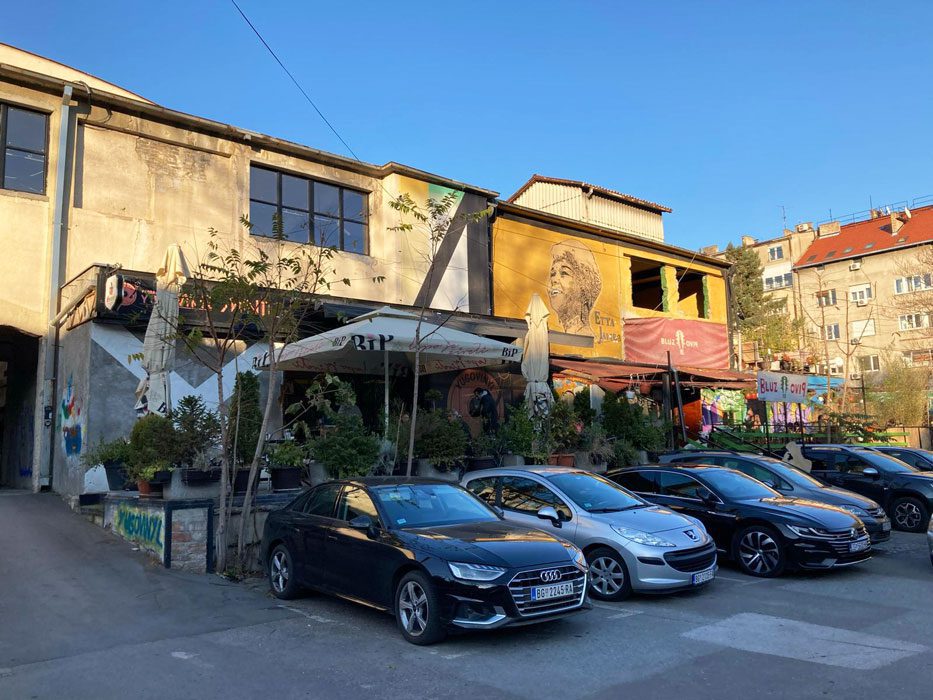
Dorcol Platz
This is another great space in lower Dorćol, often used for exhibitions, workshops, and concerts. They offer a wide variety of activities, from craft beer or chocolate festivals to environmental chats or poetry readings.
But even when events are not taking place, it also has some nice spots to try, including Gvint Brewery and a few other restaurants and cafes. We love coming here on the weekends, especially since it’s also just a few meters away from Šarlo, our favorite Belgrade bakery.
Tours and Excursions
Take a Walking Tour
Because of the city’s unique history, the streets and buildings are filled with anecdotes and tales, like the last building occupied by the Nazis in World War II. It’s easy to miss a lot of these when you’re walking on your own, which is why we would highly recommend a walking tour with our dear friend and tour guide, Zeljko Petrovic. Make sure to check out the many reasons why he’s our go-to tour guide here.
He’ll take you to the top spots in the city, including government buildings like the National Assembly and the City Administration, as well as historical areas like the Belgrade Fortress or the city’s first McDonald’s – the first to open in a communist nation. He’s a walking encyclopedia who will be able to answer any questions about the history, the city, the language, or the culture.


Go on a Boat Ride
We would highly recommend taking a couple of hours of your trip to go on a boat and explore Belgrade. There are different options to choose from, from bigger boats you can rent to smaller ones owned by fishermen who are willing to take you around for a small fee.
You’ll get a completely different perspective of Belgrade on the rivers, including a magical view of the Belgrade Fortress and an understanding of the vast amount of splavs in the city. You’ll also get to see a bit of history, like the warship that fired the first shots that began World War I and the iconic green-arched bridge which is one of the last Nazi constructions still in use and became a symbol of personal courage and resistance against the occupation.
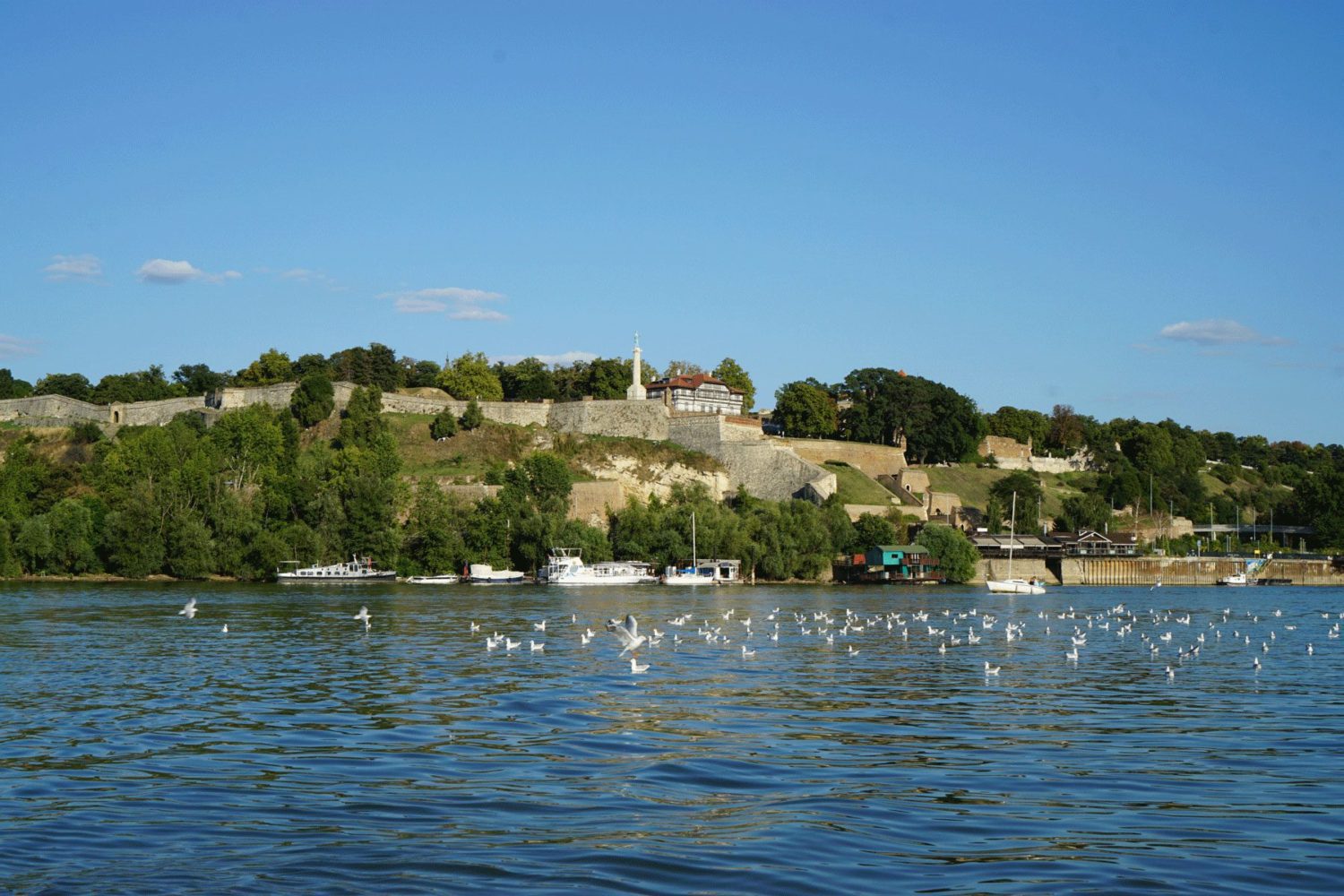
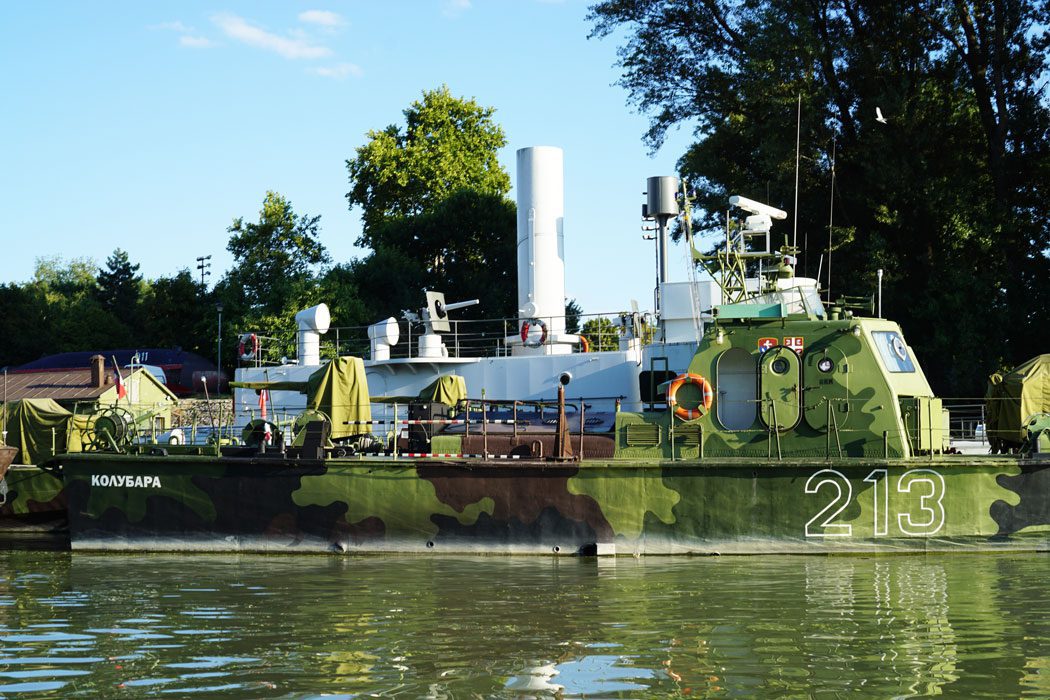
Day tours from Belgrade
There are plenty of things to do in Belgrade, but if you have a car and are up for exploring the nearby surroundings, there are several day trips you can take. You can find all of our recommendations here, including trips to breweries, wineries, nature reserves, and old traditional villages.
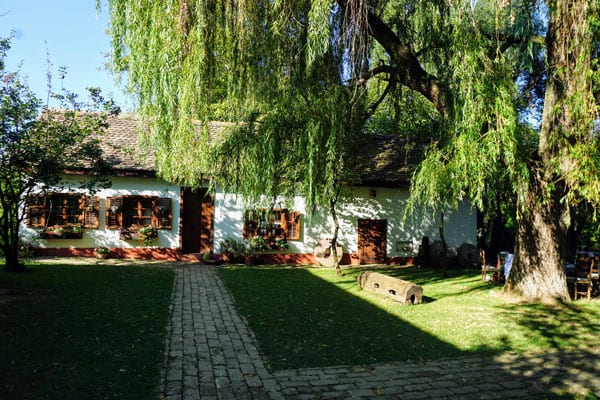
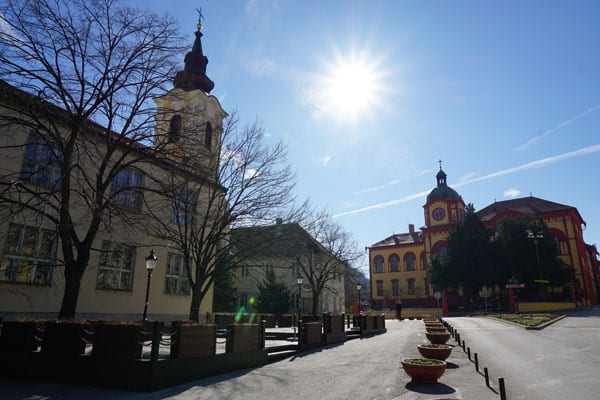
Save for Later? Pin It!

More Serbia Travel Guides
North Serbia
West Serbia
East Serbia